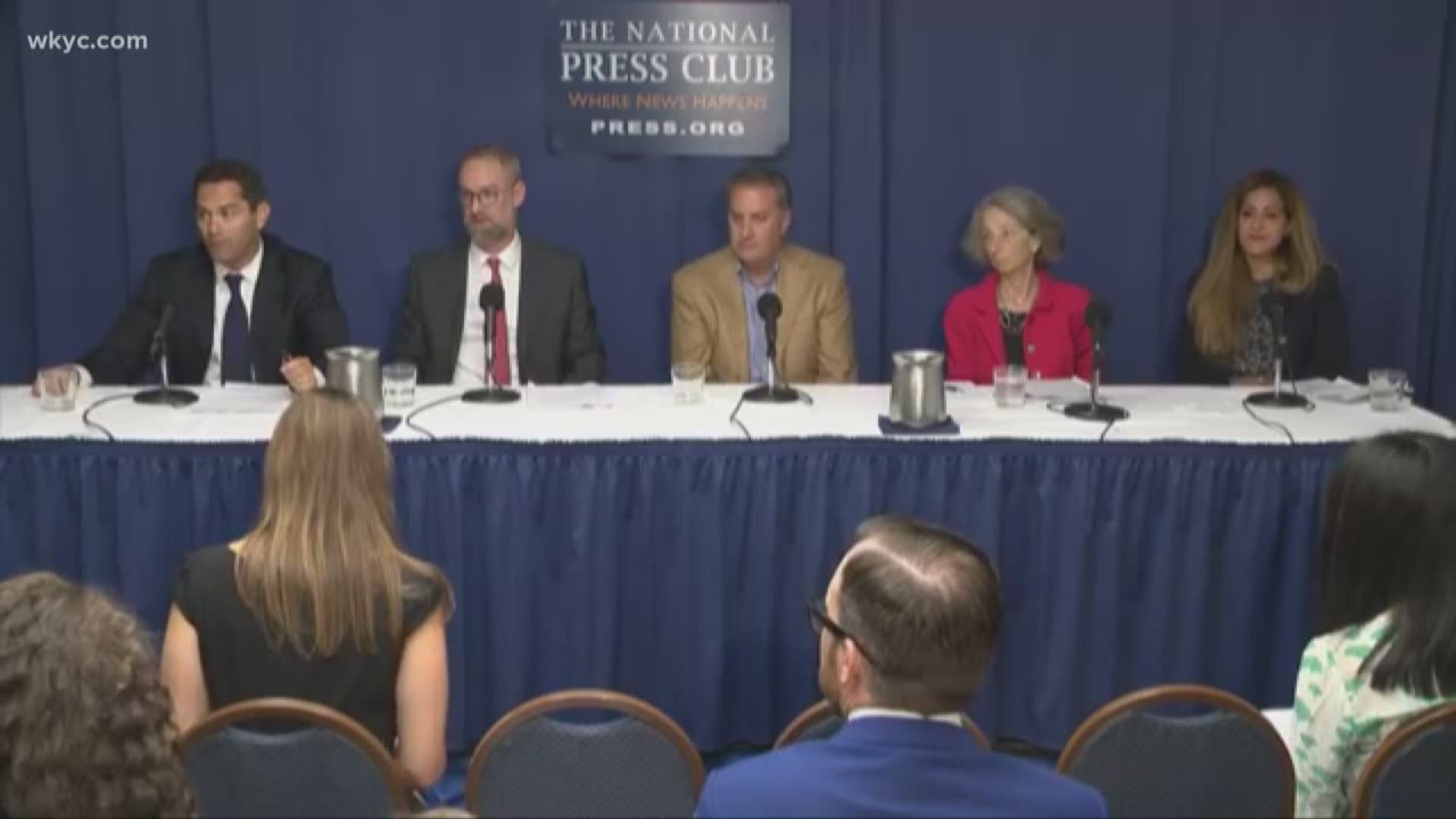In a new lawsuit filed on Wednesday, Cincinnati’s Institute for Reproductive Health, the associated The Christ Hospital, and Ovation Fertility are accused of misconduct in the birth of a Columbus area woman who learned from a home DNA kit purchased as a Christmas gift that the man she thought was her biological father is not, and instead, may have been a doctor at the Cincinnati hospital.
The complaint filed by Peiffer Wolf Carr and Kane, APLC (Peiffer Wolf), on behalf of the Cartellone family of Ohio, is the latest in a surge of fertility center-related scandals in the U.S.
Peiffer Wolf is currently working with hundreds of fertility center clients, including the Los Angeles couple who had their fertilized embryo implanted in a stranger in New York and then had to go to court after the child was born. Peiffer Wolf also is a major presence in litigation surrounding the large-scale embryo losses during the spring of 2018 at Pacific Fertility Center in San Francisco and University Hospitals Fertility Center in Cleveland.
The roots and possible solutions to the worsening situation at such facilities are addressed in the new Peiffer Wolf issue briefer, “The Fertility Center Regulation Crisis in the U.S.":
- U.S. fertility centers are almost entirely unregulated today, unlike the tighter oversight in such nations as Estonia, Abu Dhabi, Germany and the United Kingdom. In this nation, nail salons are subject to far tighter state and federal controls than U.S. fertility clinics.
- For U.S. fertility centers, the result is a near “Wild West” situation where meaningful oversight is absent, error reporting is essentially voluntary, and tragic cases of lost, destroyed or otherwise improperly handled embryos are on the rise, including more than 5,000 embryos and eggs known to have been lost or destroyed in less than two years. As one expert notes, America’s hands-off approach to oversight of reproductive practices has “left a gaping hole for a booming, unregulated market fraught with fraud and abuse. ”In 2016, a national ratings website found that 18-24 percent of fertility patients reported damaged or destroyed samples, among a host of other errors.
- Where could the United States turn to for a model to regulate fertility clinics? In the United Kingdom, a national agency requires that all facilities comply with a standard of professional conduct that covers “all details of the clinical and embryological practice associated with assisted reproductive technology.” That agency is the Human Fertilization and Embryology Authority (HFEA), which has been in operation since 1990, conducting regular fertility center inspections, seeking corrective measures where needed, and publicizing all regulatory actions.
Joseph Peiffer, attorney and managing partner, Peiffer Wolf, said: “The case we are filing today illustrates the lack of regulation governing fertility clinics in the United States. It was only after purchasing Ancestry.com DNA kits for her family, that daughter Rebecca learned Joseph is not her biological father. This tragedy should never have happened. We will get justice for the Cartellones. But, only through further litigation and sensible regulation can such nonsense be stopped. We need accountability for big fertility.”
Joseph Cartellone, of Delaware, OH, said: “Never in my worst nightmare did I think that the Christmas gift of DNA testing for my family would unveil this kind of abuse of our trust by the very professionals from whom we sought help. This has been extremely difficult for my family. I want to do whatever it takes to make sure no one else has to go through what we did.”
Other key Peiffer Wolf issue briefer findings are as follows:
- The $2.1 billion fertility center industry in the United States is big business.
- More than one out of 10 women end up seeking out fertility-related services from 480 U.S. clinics, resulting in 69,000 live births a year – nearly 2 percent of all children born annually.
- In the absence of meaningful state and regulatory oversight of the fertility center world, it would be comforting to think that a system of industry self-regulation would work as a substitute. But what self-regulation exists today is weak and full of holes.
- The Human Fertilization and Embryology Authority oversees nearly every aspect of 69,000 fertility procedures a year at 131 licensed clinics in the United Kingdom. The key elements of the work of the Authority are as follows: (1) clinics must apply for a license from the Authority to operate; (2) licenses are granted for up to four years at a time; (3) inspections are carried out periodically and can be done on a surprise basis; (4) inspections can result in recommended changes to clinic practices and even outright license revocation; (5) the Authority sets standards for clinics to ensure high quality care; (6) it provides guidance to clinics and research centers on how to meet all legal requirements. The HFEA’s actions are highly transparent, including the online publication of the outcomes of all clinic inspections. It also provides the public with information about IVF and other procedures.

